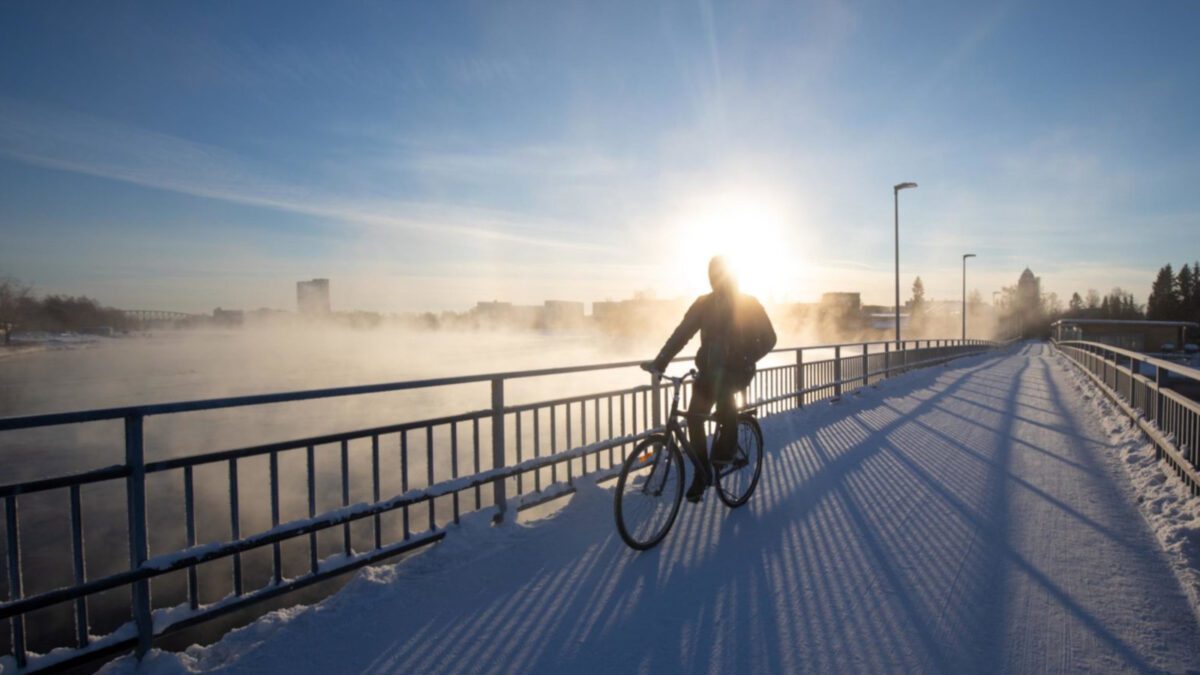A few weeks ago, Westchester Ave., which runs between Ellicott City, MD, through the town of Oella, and ends in Catonsville, was re-paved. As recently as a month or so ago, I remember riding my bike up it and being kind of surprised that they hadn’t added speed humps, as they seem to be ubiquitous pretty much everywhere else in the area. Sure enough, not a week after, zillions of speed humps had magically appeared along Westchester Ave.
Speed humps are a band-aid fix for a larger systemic problem. People speed on back roads because they’re built too wide. Roads are built too wide because fire departments require it (Google it if you don’t believe me, or read the excellent book Suburban Nation, by Duany, Plater-Zyberk, and Speck). Paradoxically, this increases speeds along the roads, which makes them less safe. Traffic engineers “fix” this problem by building speed humps, which annoy everyone. It’s suburban planning at its finest.
Catonsville provides an interesting case study for this. Catonsville has older sections and newer sections. The older sections have relatively narrow, tree-lined streets with on-street parking. These are the kind of streets where when two cars approach each other from opposite directions, one has to give way to allow the other room to get by. Motorists drive slowly and carefully without the need for “traffic calming.” It’s not uncommon to see kids playing in and around the street. Contrast that with the newer sections of Catonsville, which have wider streets and fewer trees and other obstacles. Everyone drives too fast, kids aren’t allowed anywhere near the road, and planners try to fix it with speed humps. Guess which type of street is statistically safer? And, as a corollary, guess which is more enjoyable to ride a bike on?
